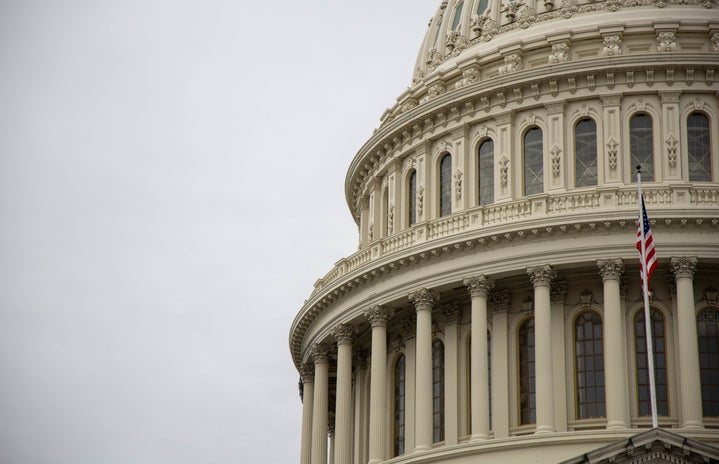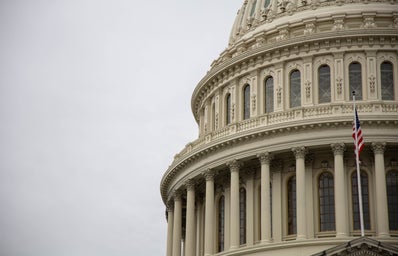As someone with an invisible disability, getting accommodations and equitable treatment is difficult. People have turned their heads to me and questioned if my accommodations are truly a need or simply a desire. In order to protect me from such criticism throughout high school, I got a 504 plan.
In legal terms, a 504 plan is a part of Section 504 of the Rehabilitation Act, which guarantees the protection of disabled students within public schools by providing certain accommodations. These accommodations could be extended time on assignments, excused absences, and preferred seating, however, the list goes on.
In my high school, at least, 504s were very common. Lots of students had them, and because of that, I never really thought about the advocacy involved in their creation. That is, until I watched the film Crip Camp on Netflix. This film, which was produced by Barack and Michelle Obama, focuses on those involved in the disability rights movement of the 1970s, specifically surrounding Section 504.
This section was signed into law in 1973, yet had a major issue: it lacked clarification. Courts were able to interpret its definition to their desires, thus making 504 entirely useless–it wasn’t protecting what it was supposed to. As disability rights advocacy increased in the late 70s, a group of disabled activists tackled the enforcement of 504.
On April 5th, 1977, this group assembled around the country to protest in the regional offices of the Federal Department of Health, Education, and Welfare, or HEW. At the end of the day, all of the protest groups went home as planned–all except one. After being belittled and otherwise ignored all day, the group in San Francisco started what eventually became the longest non-violent occupation of a federal building in history.
This group of over 100 protestors stayed in the building for a total of 26 days. It was a great struggle for them, as many had never been away from home for that long. On top of that, because the group was primarily disabled, many had problems with their health throughout the protest without their usual medical assistance. Nevertheless, they persisted and riled up local support along the way.
Although little could be done to sway the government at the time, local organizations did what they could to help the protestors. Most famously, they caught the attention of the Black Panther Party. From week one all the way through the end, the Panthers cooked and delivered food for the protestors daily. A local Salvation Army even donated cots and blankets to make the building a little more comfortable.
Eventually, fourteen of the protestors were chosen to leave San Francisco and go to Washington D.C. in order to attempt a meeting with HEW Secretary Joseph Califano. Their perseverance didn’t change in D.C. The group followed President Carter to his church and Califano to a press club. On April 28th, a mere 23 days after the beginning of the sit-in, Califano gave in and signed the regulations, making the protest a success.
In the following months, big changes were made both in and out of schools. Federal disability rights nationwide became visible, with the installation of ramps and the enforcement of handicap bathroom stalls, just to name a few. This sit-in was a huge milestone in disability rights, and the sacrifices the protestors made must not be forgotten.
I wish stories like this were taught in schools most often. The number of students with 504 plans nationwide is increasing each year. Such milestones should be celebrated and understood by those who utilize their successes every day. I would highly recommend everyone–both disabled and able-bodied–to watch Crip Camp on Netflix to learn more about the amazing group of individuals who fought for disability rights and changed American history forever.


